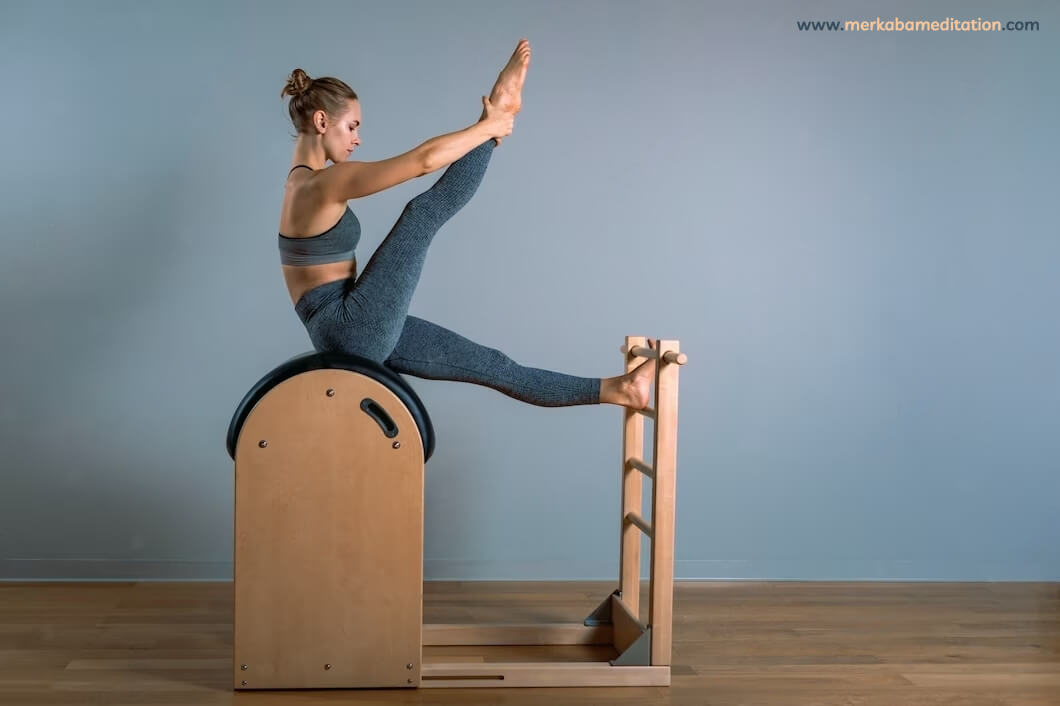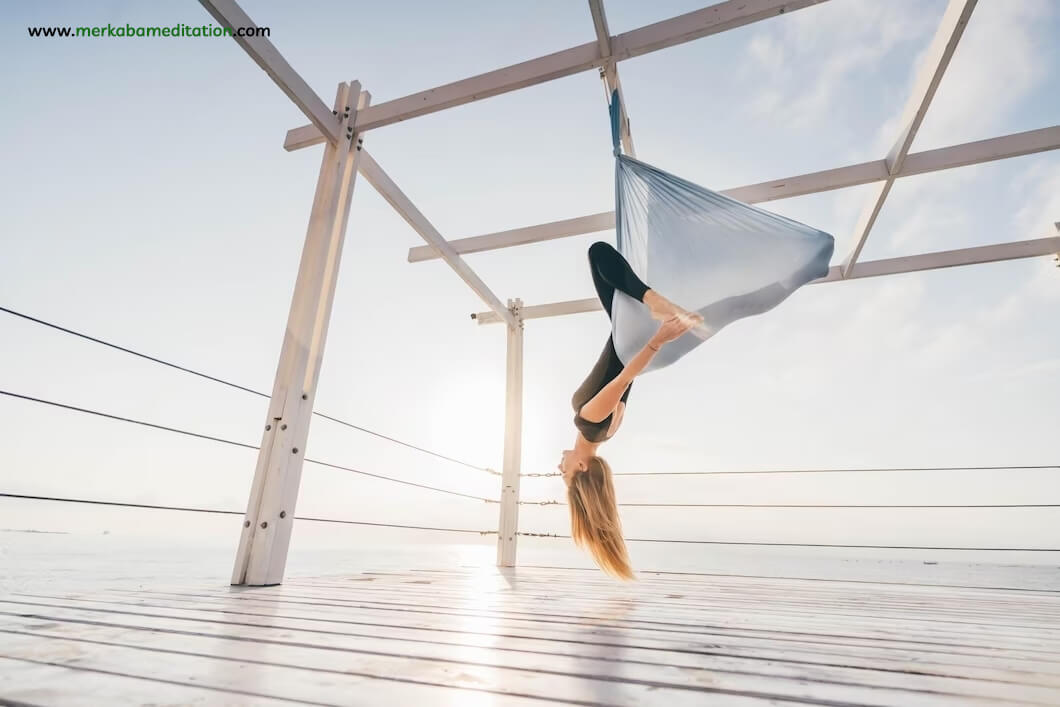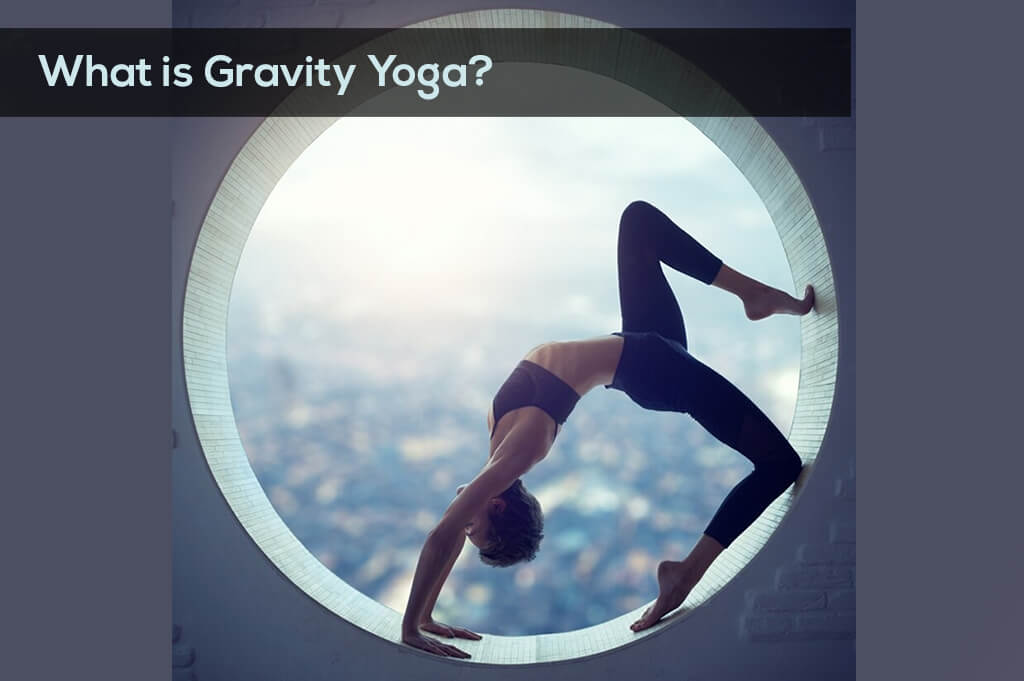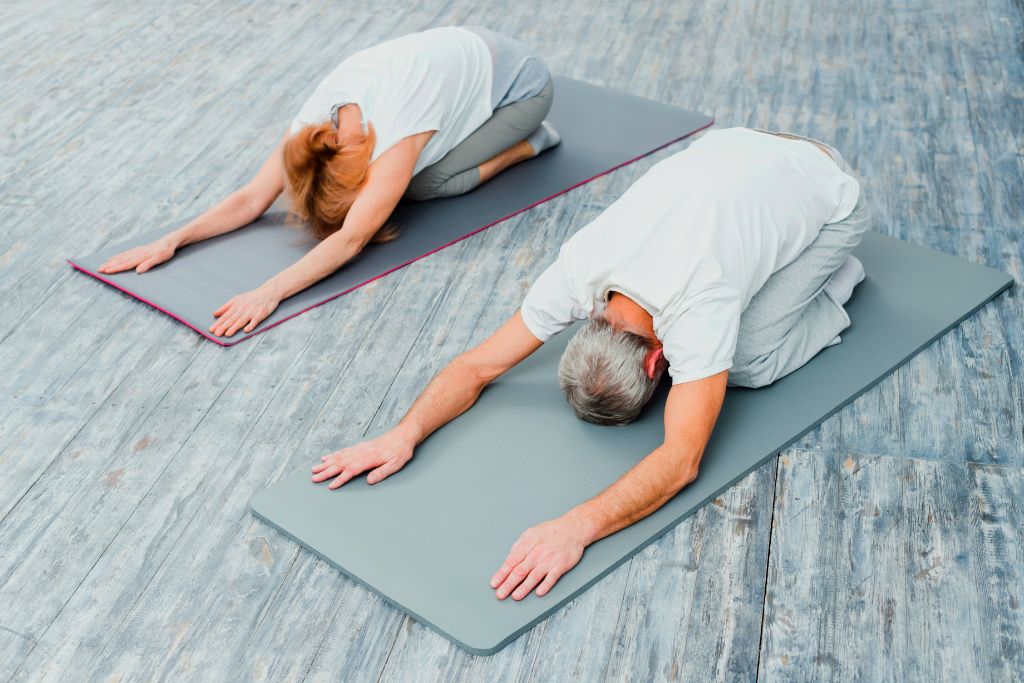In recent years, the practice of gravity yoga, also known as “what is gravity yoga,” has surged in popularity as an exceptional and efficient method for enhancing flexibility and strength. In this article, we will explore the concept of gravity yoga, its benefits, and how it differs from traditional yoga practices. So, let’s dive in and discover the wonders of gravity yoga!
1. What is Gravity Yoga
Gravity yoga is a specialized form of yoga that focuses on improving flexibility, increasing strength, and enhancing body awareness. It combines elements of traditional yoga, aerial acrobatics, and Pilates to create a unique and challenging practice.
2. The Origin of Gravity Yoga
Gravity yoga was developed by a renowned yoga instructor, Paulie Zink, in the 1980s. Inspired by his background in martial arts and Taoist yoga, Zink created gravity yoga as a way to deepen his own practice and share its benefits with others.
3. How Gravity Yoga Works
Gravity yoga utilizes a combination of passive stretching, supported inversions, and gentle traction to lengthen and decompress the spine. By utilizing gravity and props such as hammocks or slings, practitioners can achieve deeper stretches and explore new ranges of motion.
This article could be of interest to you: Yoga for Beginners

4. The Benefits of Gravity Yoga
- Increased Flexibility: Gravity yoga targets deep connective tissues and fascia, allowing for greater flexibility and improved joint mobility.
- Enhanced Strength: Holding gravity yoga poses requires muscular engagement, leading to increased strength and stability throughout the body.
- Spinal Decompression: Inversions and traction techniques in gravity yoga help relieve compression in the spine, reducing back pain and promoting better posture.
- Stress Relief: Like traditional yoga, gravity yoga promotes relaxation and stress reduction through controlled breathing and mindful movement.
- Improved Body Awareness: Gravity yoga encourages practitioners to develop a heightened sense of body awareness, leading to improved balance and coordination.
5. Gravity Yoga vs. Traditional Yoga
While gravity yoga shares similarities with traditional yoga, it distinguishes itself through the use of props and the incorporation of aerial techniques. Traditional yoga primarily focuses on static poses, whereas gravity yoga introduces dynamic movements and the use of gravity as a tool for deeper stretching.
6. Gravity Yoga Poses and Techniques
Gravity yoga incorporates a variety of poses and techniques that challenge the body in new ways. Some popular gravity yoga poses include the “Flying Lizard,” the “Floating Pigeon,” and the “Cocoon Stretch.” These poses target different muscle groups and help improve strength, flexibility, and balance.
7. Tips for Beginners in Gravity Yoga
![]() If you’re new to gravity yoga, here are some helpful tips to get started:
If you’re new to gravity yoga, here are some helpful tips to get started:
- Start with a qualified instructor who can guide you through proper technique and ensure your safety.
- Begin with beginner-friendly poses and gradually progress to more advanced ones as your strength and flexibility improve.
- Listen to your body and never force yourself into a pose. Respect your limitations and work within your comfort zone.
- Stay consistent with your practice to experience the full benefits of gravity yoga.
8. Advanced Gravity Yoga Practices
Once you have developed a strong foundation in gravity yoga, you can explore more advanced practices. These may include complex inversions, transitions between poses, and challenging strength-building sequences. Advanced gravity yoga requires increased body awareness, control, and strength.

9. Common Misconceptions about Gravity Yoga
There are a few common misconceptions about gravity yoga that need to be addressed:
- Gravity yoga is not only for young, flexible individuals. People of all ages and fitness levels can benefit from this practice.
- It is not necessary to have prior yoga experience to practice gravity yoga. Beginners are welcome and can progress at their own pace.
- Gravity yoga is not only about achieving impressive poses; it is a holistic practice that promotes overall well-being.
10. Safety Precautions in Gravity Yoga
While gravity yoga is generally safe for most individuals, it’s essential to take certain precautions:
- Always warm up before starting your gravity yoga practice to prepare your body for deeper stretches.
- Use proper equipment and ensure it is securely attached and in good condition.
- Listen to your body and avoid any movements or poses that cause pain or discomfort.
- If you have any pre-existing medical conditions or injuries, consult with a healthcare professional before starting gravity yoga.
This article could be of interest to you: How to Connect with God through Meditation
11. Integrating Gravity Yoga into Your Fitness Routine
Gravity yoga can be a valuable addition to your existing fitness routine. You can incorporate it as a warm-up, cooldown, or even as a standalone practice. By combining gravity yoga with other forms of exercise, such as strength training or cardio, you can enhance your overall fitness and flexibility.
12. Gravity Yoga for Rehabilitation and Injury Prevention
Due to its gentle nature and focus on controlled movements, gravity yoga can be beneficial for rehabilitation purposes and injury prevention. It helps improve joint mobility, flexibility, and muscular strength while minimizing impact on injured or sensitive areas.
13. Gravity Yoga Retreats and Workshops
For those seeking a deeper immersion into gravity yoga, retreats and workshops provide an opportunity to learn from experienced instructors and connect with like-minded individuals. These specialized events offer intensive training, advanced techniques, and a supportive community.
14. Conclusion
Gravity yoga presents an unparalleled and groundbreaking approach that revolutionizes flexibility, strength, and body awareness. By seamlessly integrating elements of aerial acrobatics, passive stretching, and traction techniques, gravity yoga not only expands the boundaries of your practice but also unveils an entirely new dimension of well-being. Embark on this transformative journey and discover the transformative power of what is gravity yoga. ![]()
15. Frequently Asked Questions (FAQs)
Is gravity yoga suitable for beginners?
Absolutely! Gravity yoga welcomes beginners and provides modifications for various fitness levels.
Can gravity yoga help with back pain?
Yes, gravity yoga’s spinal decompression techniques can alleviate back pain and promote better posture.
Are there any age restrictions for practicing gravity yoga?
No, gravity yoga is suitable for individuals of all ages, provided they are in good health and practice under proper guidance.
What equipment do I need for gravity yoga?
Basic gravity yoga equipment includes a yoga hammock or sling, sturdy support structure, and straps for adjustment.
How often should I practice gravity yoga?
It is recommended to practice gravity yoga at least 2–3 times a week to experience noticeable benefits.











2 Comments. Leave new
I’m curious about Gravity Yoga! What is it and how does it help with flexibility and strength?
That’s awesome! Gravity Yoga is a unique approach that enhances flexibility and strength. In the article above, we delve into the concept of Gravity Yoga, a unique practice focusing on enhancing flexibility and strength. You’ll find all the details you need to understand this exciting approach.